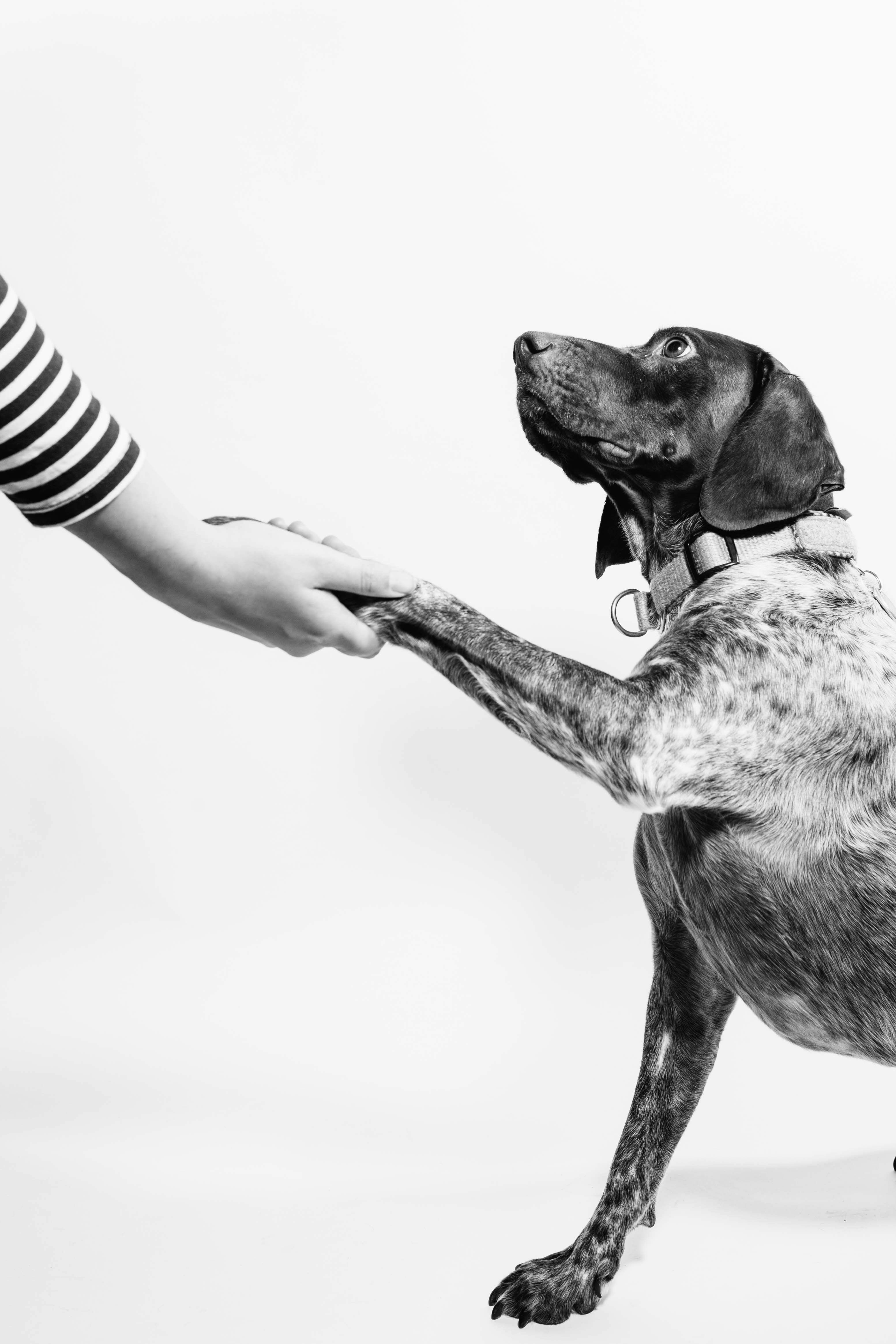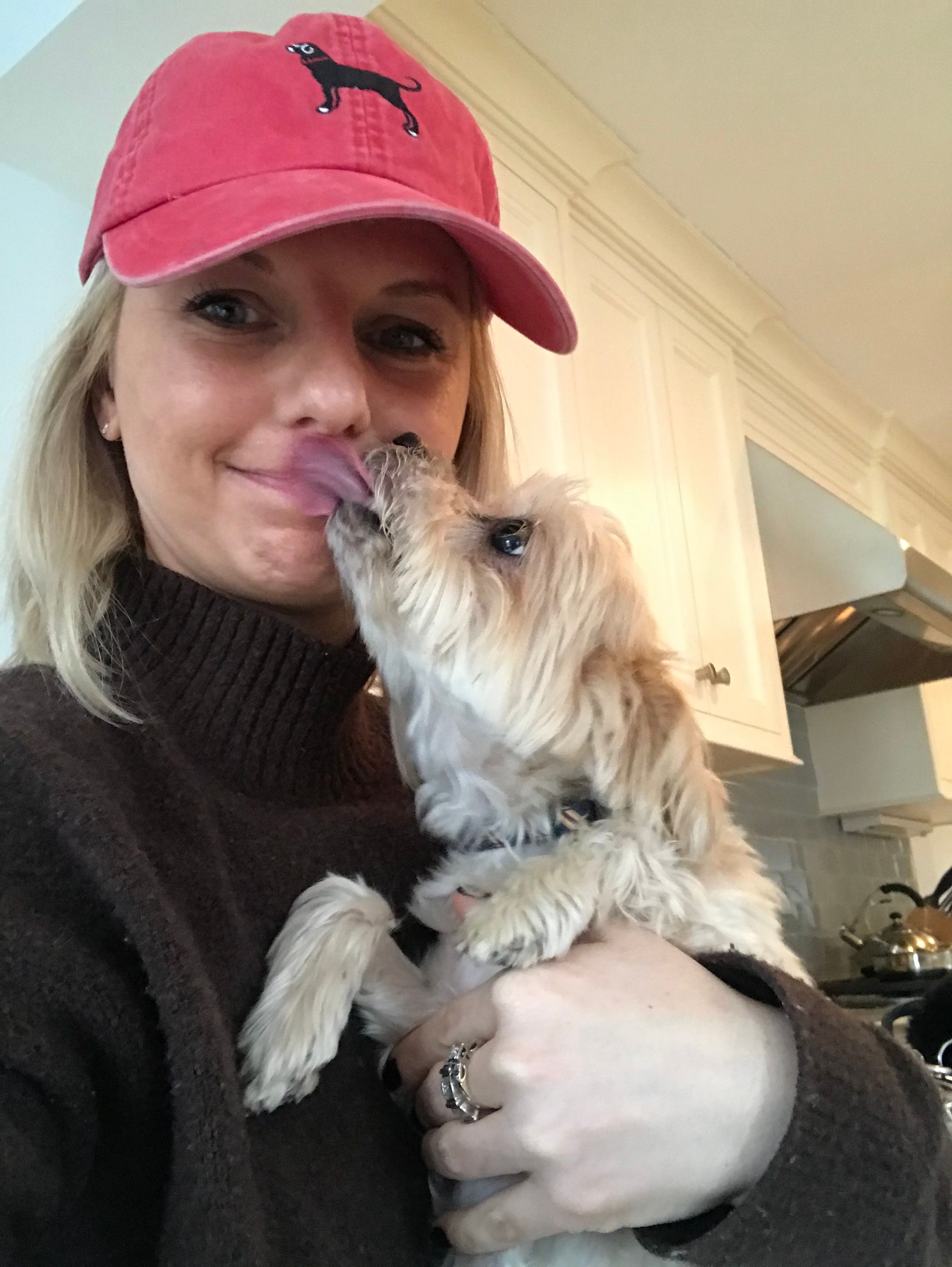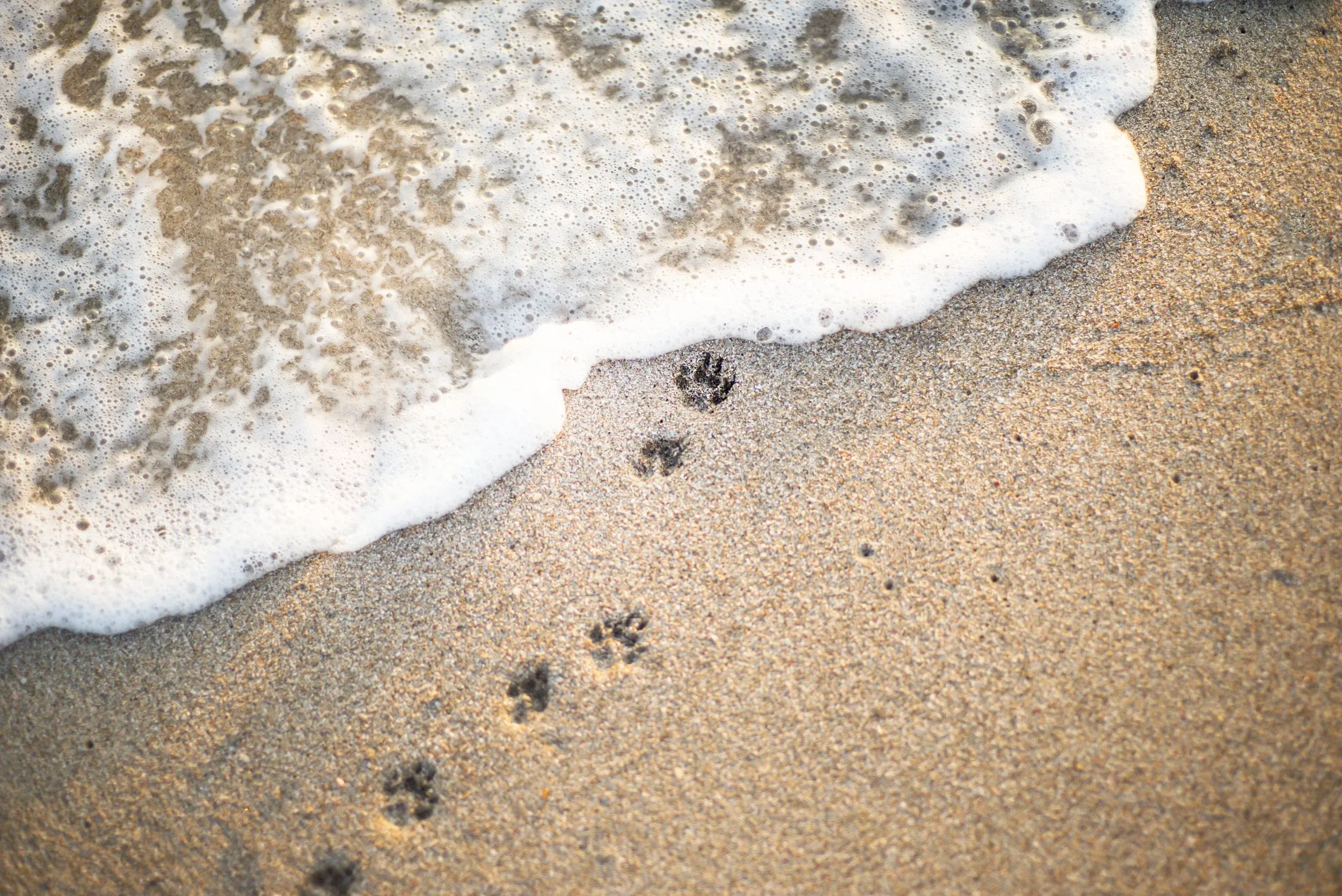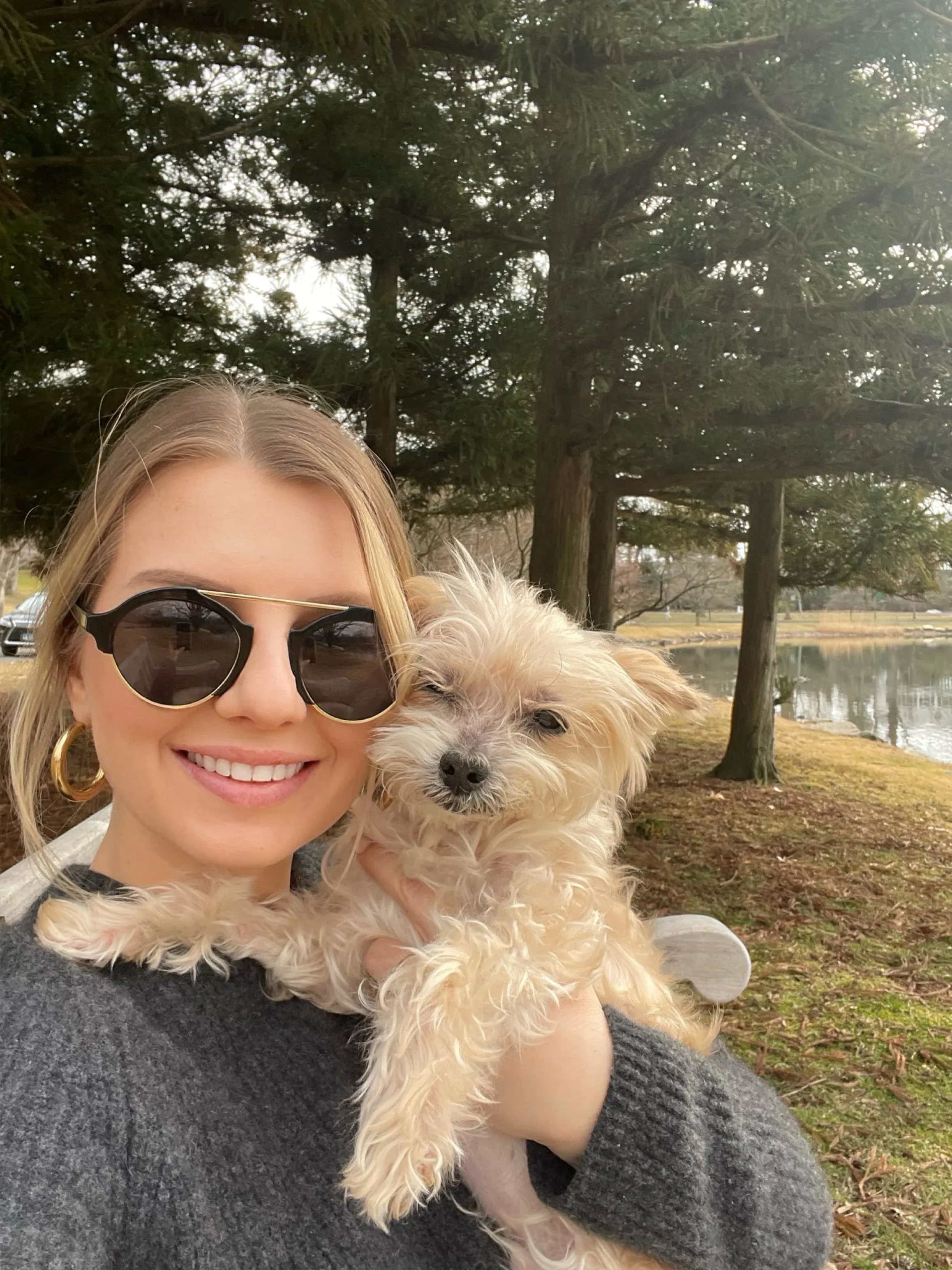Jasper's Blog
Find support and healing after losing a pet with heartfelt insights, grief-coping strategies, and comforting words. Our blog offers hope, understanding, and community for anyone mourning the loss of their furry friend.
The First 90 Days: A Guide for Pet Loss Grief
The first 90 days after losing a pet can feel like a blur. This compassionate guide shares real experiences, expert insights, and coping tools to help you navigate early grief, rebuild small routines, and find meaning again. Discover gentle ways to heal and honor your pet’s memory with Jasper.
Aim for Neutral: Why Setting Small Goals Helps You Heal Through Grief
When you’re grieving, big goals can feel impossible. Learn why setting small, achievable goals — and aiming for neutral instead of happy — can help you heal, find calm, and rebuild your energy one step at a time.
18 Months Without Jasper
A personal reflection on life 18 months after losing my dog Jasper, exploring grief, healing, and the creation of a supportive community for those navigating pet loss.
Moving After Pet Loss: What I Didn’t Expect to Feel
When I signed a new lease recently, the leasing agent casually asked, “Do you have any pets?” Such a simple question. But for anyone grieving a pet, it can feel like a punch to the gut.
I lost my dog Jasper in March 2024. He had been with me for 15 years— through moves, milestones, heartbreaks, and everything in between. After his death, I packed up the home we shared and began drifting, living like a bit of a nomad. Now, this place is my first “real” home since losing him. And it feels… complicated.
The Healing Power of Tears: Why Crying Matters in Grief
We’ve all heard the expression “let it out” — but when it comes to grief, especially after losing a beloved pet, that phrase becomes more than just well-meaning advice. As a psychiatric nurse practitioner an pet loss grief specialist, I’ve witnessed firsthand the profound healing that can occur when we allow ourselves to cry.
Many people feel uncomfortable with crying, especially in a culture that often equates tears with weakness. But the truth is, crying is a powerful biological and emotional response that can support our mental and physical well-being — especially during bereavement. And science backs this up.
Even Though You Never Got Me a Card
I remember last year, just a few months after losing Jasper, Mother’s Day felt… off. I couldn’t quite put my finger on it at first. There was this lingering emptiness, a sense that something was missing. Then it hit me: for 15 years, I was Jasper’s mom. And now, without him, was I not a mom anymore?
The Power of Trying Something New While Grieving
When we’re grieving, it can be hard to imagine doing anything new. There’s guilt, exhaustion, and a sense that nothing could possibly bring joy again. But slowly introducing something unfamiliar—something that isn’t connected to your loss—can create space for healing. in surprising ways.
Grief Isn’t Meant to Be Hidden
So many people believe that if they just keep their grief tucked away— out of sight, out of conversation— it’ll eventually disappear. But in my experience, the opposite happens. It becomes heavier. It shows up in unexpected ways and at the worst possible times. It doesn’t dissolve when we ignore it. It lingers, It festers. It complicates.
The Power of Carrying Them With Us: Memorializing Our Pets Helps Us Heal
Grief doesn’t go away— it changes shape. And sometimes, what helps most is finding a way to carry the love forward in a way that feels real, tangible, and grounding.
Creating a Routine After Losing a Pet
Grief is unpredictable. It comes in waves, often when we least expect it, making us feel unmoored. Losing a pet isn’t just about their absence—it’s also the loss of routine. So much of our daily life revolves around caring for them, from morning walks to bedtime cuddles. When that routine disappears, it can leave a gaping hole in our day.
The Power of Journaling When Dealing with Pet Loss
Grieving the loss of a beloved pet can be a profoundly emotional experience. Many people find solace in different ways, but one therapeutic tool that has stood the test of time is journaling.
Understanding the Depth of Pet Grief
Losing a pet can be just as devastating— if not more devastating— as losing a human loved one. But society often fails to recognize the depth of the pain. When I lost Jasper, I was a mess (to put it lightly). At times, I felt as though there was something wrong with me. So, I started doing research. I discovered I was not alone in this feeling.
Navigating Pet Loss During the Holidays
The holidays. Usually a time of celebration and cheer, but when grieving the loss of a beloved pet, they can feel especially heavy. Traditions that once brought joy might now serve as painful reminders of their absence. It’s easy to feel out of sync with the world around us, as everyone else seems focused on joy and togetherness while we navigate sadness and longing. The most important thing to remember is that you’re not alone in these feelings. Struggling with grief during the holidays is normal, and it’s okay to feel this way.
Why Losing a Pet Feels so Hard
If you’re here, then I don’t need to explain to you the strong emotional bond between humans and their pets. The depth of our grief when we lose them can be astonishing. Our pets provide us with unconditional love, and when they are gone, they leave a significant void in our personal lives.














